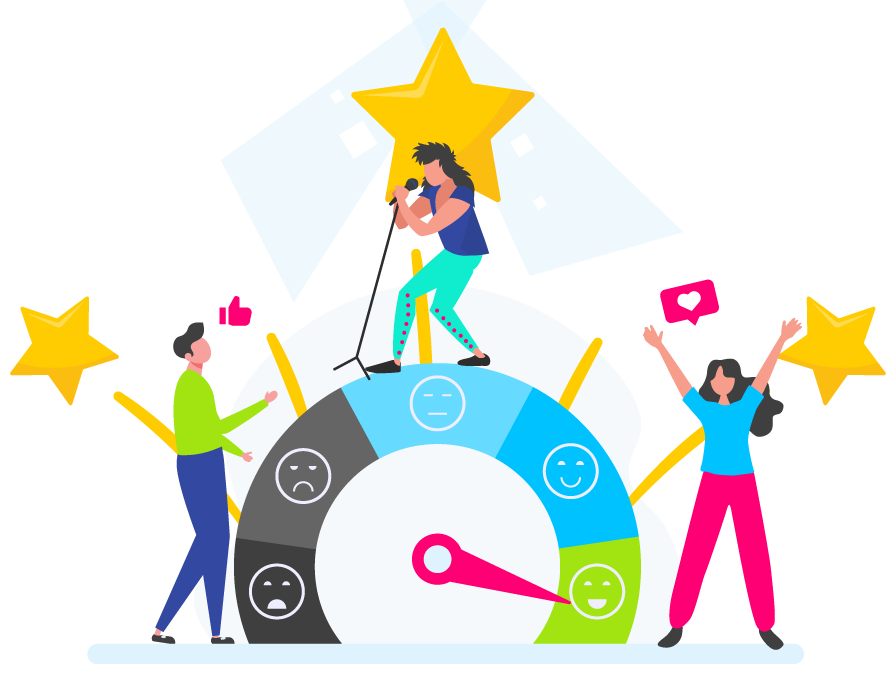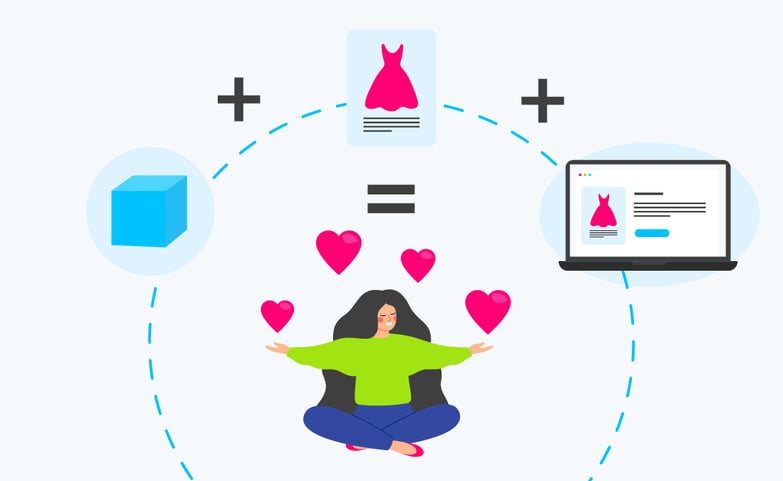In today’s ultra-competitive, global marketplace, a new and powerful differentiator is emerging — the buying experience. 74% of consumers are likely to buy based on experiences alone. And 87% now expect a personalized and consistent experience across different shopping channels. So, if you don’t want to lose prospects to your competitors, you need to align your marketing and sales activities with these expectations.
According to Gartner, “During the buying journey, companies that deliver a great buying experience grow twice as fast as those that deliver average experiences.” Providing a positive experience will make your customers stay with you longer, return in the future and recommend you to their network. This means that you should pay close attention to your prospects at every stage of their journey — which begins before buyers realize a need to the time they complete their purchase. The question is: How does one design a successful buying experience to win over their customers?
First, you need to understand what the buying experience is and how your customers operate.
What is the buying experience?
The buying experience is a game changer that is significantly reshaping marketplace dynamics. It refers to the buyer's perception of the entire buying process – from recognizing a need, to exploring available options and finally making a purchase. It's formed by multiple interactions between your prospect and your business. Also called touchpoints, these interactions come in different forms: social media content, email, digital advertisements, customer reviews and even word-of-mouth. Mapping out these touchpoints is crucial to creating an outstanding buying experience.
How is this different from the customer experience (CX)? The buying experience typically focuses on how your potential customers experience the entire buying process of a product or service, from identifying the need through to the final purchase and after-sales from a revenue-facing perspective, while CX focuses on existing customers and their overall experience with your brand from a customer satisfaction standpoint. Friction in the process, inconsistent or unavailable information and poor personalization can easily lead to cart abandonment and prevent customers from ever returning.
Understanding the motivations and mindset of your customers
To offer great buying experiences, you must first understand how your customers operate. How do buyers get from point A to point B to point C and so on?
The way brands interact with customers requires a basic understanding of the customer journey. It’s best to create a customer journey map that details how your customer becomes aware of your brand and their interactions with your brand from then on.
According to Survey Monkey, “the customer journey is the complete sum of experiences that customers go through when interacting with your company and brand. Instead of looking at just a part of a transaction or experience, the customer journey documents the full experience of being a customer.”
Put simply, it’s about nurturing consumers throughout their journey. When your customers buy a product or service you offer, they’re anticipating a pleasant feeling to accompany that purchase. This feeling of satisfaction that people get from finding what they want, going through the buying process and then enjoying what they just bought is exactly what you’re trying to keep constant — even after sales.
To help you analyze the stages and the timeline your customers will go through, consider the following:
- Actions — Ask yourself what the customer is doing at each stage. For example, what would their expected response be after they visit your store or hear about you through a review?
- Motivations — What will encourage your customers to move on to the next stage? What kinds of emotions would you want them to feel at each stage?
- Questions — What are the possible pain points of your customers? Where would they potentially meet challenges with your brand? If your product is inherently complicated, how can you improve their customer experience?
- Obstacles — Think about anything that might cause the customer to give up and not complete the sales cycle.
By understanding what really drives your customers, you can develop a more compelling and authentic buying experience.




